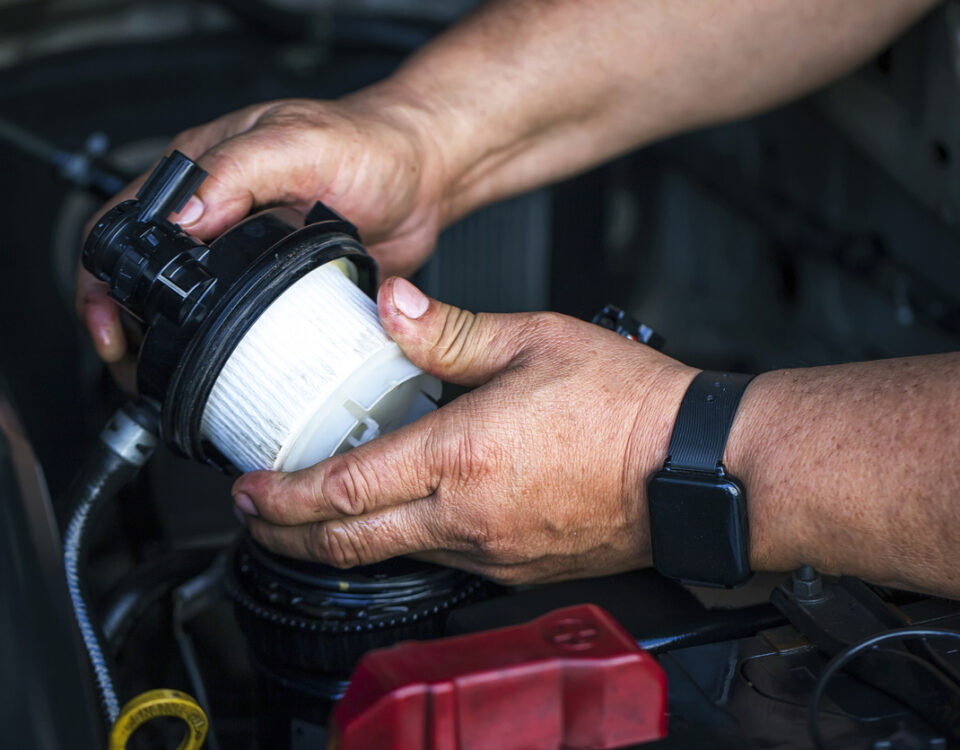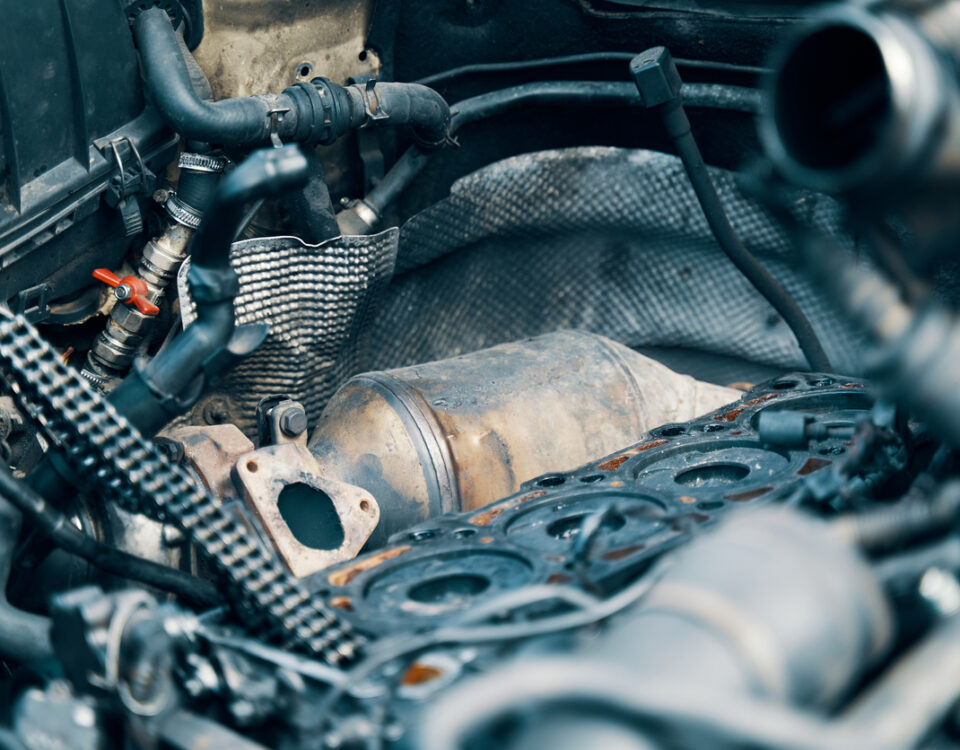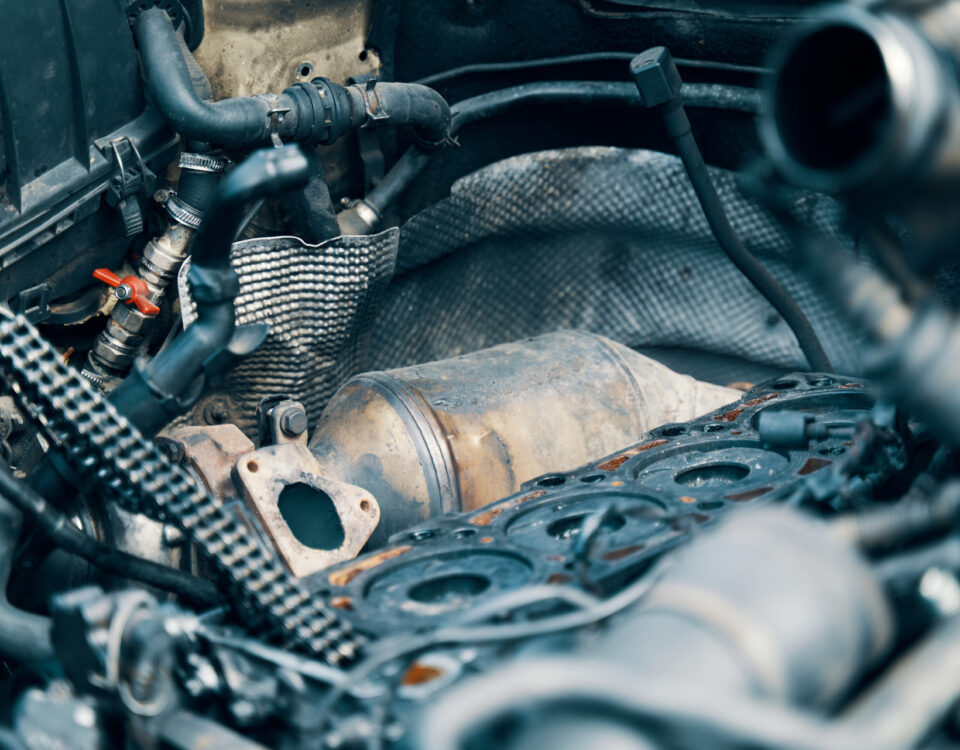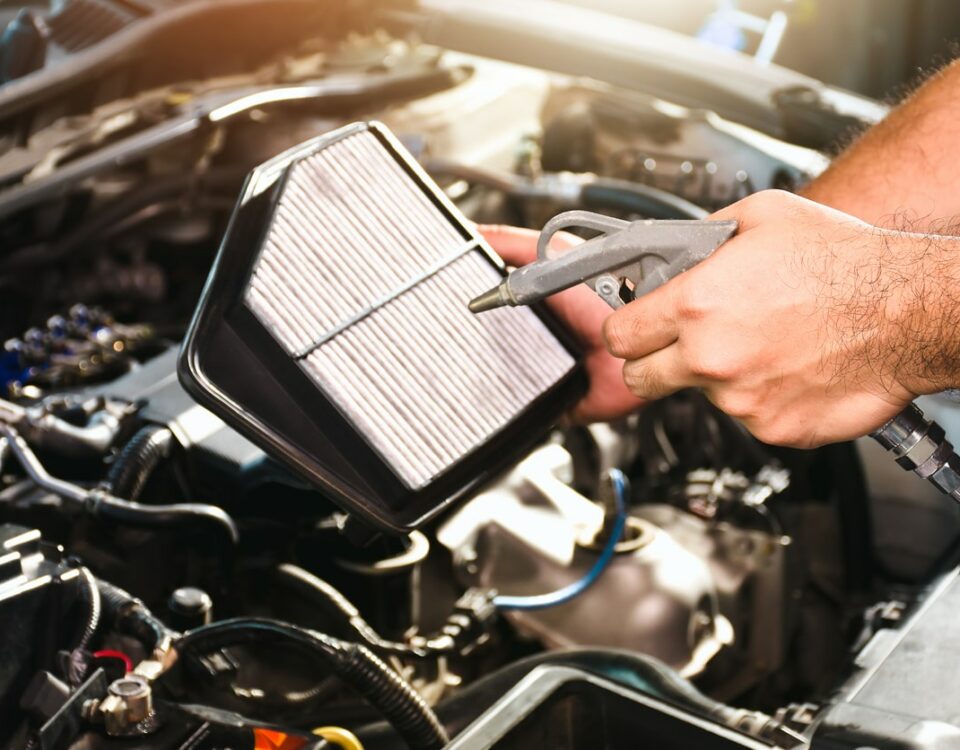How to Remove Carbon Deposits from Your Engine?
What are Carbon Deposits?
The term ‘carbon deposits’ refers to the build-up of carbon inside your engine as a by-product of the combustion process. Created as a by-product of burning fuel, carbon deposits often take the form of black soot that clings to the internal parts of your engine and can be very tough to get rid of.
While carbon deposits are an unavoidable part of the internal combustion process that petrol and diesel vehicles rely on, they can cause undue wear if left unchecked. Over time, black carbon will accumulate on the surfaces of your vehicle’s engine cylinders, pistons and exhaust and these deposits can harm your engine’s performance or even damage your engine.
Effects of carbon deposits:
If carbon deposits are allowed to accumulate, they will grow larger and harder, potentially to the point of affecting your engine’s performance and safety. For this reason, mechanics recommend you carry out regular engine carbon cleaning to nip problematic carbon deposits in the bud so you can avoid the negative effects of carbon deposits, such as:
- Engine turbulence – if carbon builds up in the combustion chamber, it slows airflow from intake and exhaust valves, causing turbulence which creates an uneven air/fuel ratio.
- Premature ignition – carbon build ups in the combustion chamber can cause hot spots which ignite the fuel before your spark plugs fire, increasing combustion pressure.
- Pinging and knocking – carbon deposits on your piston crowns can change the volume of the combustion chamber, leading to inconsistent combustion and engine troubles.
- Poor fuel economy – clogged fuel injectors cannot maintain optimum combustion conditions, leading to poor fuel economy and a compromised driving experience.
- Engine fires – in a worst-case scenario, an engine with sever carbon deposits will malfunction and potentially catch fire.
What Will Dissolve Carbon Deposits?
Given that carbon deposits can be disastrous for your engine, you need to know how to remove them and keep your engine in good working order. Fortunately, there are a wide variety of products designed to dissolve carbon deposits and clean your engine, though many of these can only be used by trained mechanics, such as:
Chemical Solvents:
Many garages and car shops stock solvents designed to dissolve carbon deposits without harming your engine parts, though they vary greatly in composition and application. Depending on the product, you may need to apply it directly to the carbon deposits or simply pour it in your fuel tank and let the chemicals do their work – make sure to carefully read the instructions before use.
(High-octane) Fuel:
It may sound too simple to be true, but you can tackle carbon deposits by using refined fuel in your engine, as the higher temperatures and cleaner burning fuel will burn off any soot build up. However, this procedure should be carried out by a trained professional, as it may require directly injecting the fuel into your engine.
What is The Best Way to Remove Carbon Deposits from Your Engine?
Carbon deposits may be a simple problem – merely dirt left over from combustion, not too different from the charcoal in the bottom of your barbecue – but there are limited ways to get rid of them. No matter how advanced your car is, you can only beat the carbon with harsh cleaning chemicals or good old fashioned elbow grease, which are explained in more detail below:
The Manual Method:
The simplest and most reliable way to clean the carbon deposits from your engine is to manually clean every nook and cranny of your engine, which may sound a lot simpler than it is. This method is a lengthy process that requires specialist equipment and a large working area, so we recommend asking an expert for help with this engine carbon cleaning method, as it involves:
- Disassembly – To clean the parts of your engine susceptible to carbon deposits, you need to disassemble your engine, making sure to follow the manufacturer’s instructions.
- Cleaning – After disassembling your engine, you need to carefully clean the carbon deposits from every piece using brushes, solvents and steel wool to scrape off stubborn spots.
- Reassembly – I hope you kept track of where each engine part goes, because now you need to carefully reassemble your engine just the way it was.
Solvent and Fuel-based Methods
If the prospect of disassembling your engine to clean every last component doesn’t appeal, you could try using solvents or refined fuel to tackle the carbon deposits in your engine. Unfortunately, these engine carbon cleaning methods don’t have guaranteed results and may even damage your engine if you aren’t careful:
- Solvent-based cleaning – Certain solvents can be added to your fuel tank to tackle carbon deposits from the inside and require little effort on your part.
- Fuel-based cleaning – By using specially refined fuel, or fuel with added cleaning chemicals, you can begin to break down carbon deposits by just switching pumps.
However, the solvent and fuel-based methods aren’t as effective or reliable as the manual method, since you cannot measure their progress or guarantee their effectiveness. Thanks to the systematic approach of the manual method, you can ensure that every spot of your engine is free of carbon deposits without having to rely on the complexities of chemical solvents and fuel combustion.
Can Carbon Cleaning Damage Your Engine?
When done correctly, engine carbon cleaning is a perfectly safe procedure that can extend the life of your engine and prevent mechanical issues. However, interfering with your engine (by either disassembling it or adding harsh chemicals to the fuel mix) for any reason puts you at risk of damaging your engine.
Unless you’re a qualified engineer (or being advised by a qualified specialist), disassembling your engine or adding harsh chemicals to your fuel tank is not advised. For these reasons, you should always seek specialist advice before tinkering with your engine or better yet, go to a reputable garage and ask them to clean the carbon deposits from your engine.
How Often Should You Clean Your Engine?
Depending on how often you use your car and the weather conditions in your area (i.e., urban/rural, rainy/arid), your vehicle’s engine may need cleaning once or twice a year. However, these rules are not set in stone, and you should pay more attention to your vehicle than the calendar, especially if you notice any issues like reduced fuel efficiency and knocking noises.
If you live in an urban area and only use your car occasionally, then an annual clean may be enough to keep your engine in good working order. Contrastingly, if you live in an arid area and regularly use your vehicle, then it may be suffering from serious dust (and carbon) build up and will need more regular cleaning.
In Conclusion:
Carbon deposits are an issue that can affect all kinds of combustion engine – from small petrol engines to industrial diesel ones – and can lead to serious mechanical issues if left untreated. While these by-products are part and parcel of the fuel combustion process, they can be managed with regular maintenance and engine carbon cleaning, which may take the form of manual cleaning or the use of chemical formulations.



